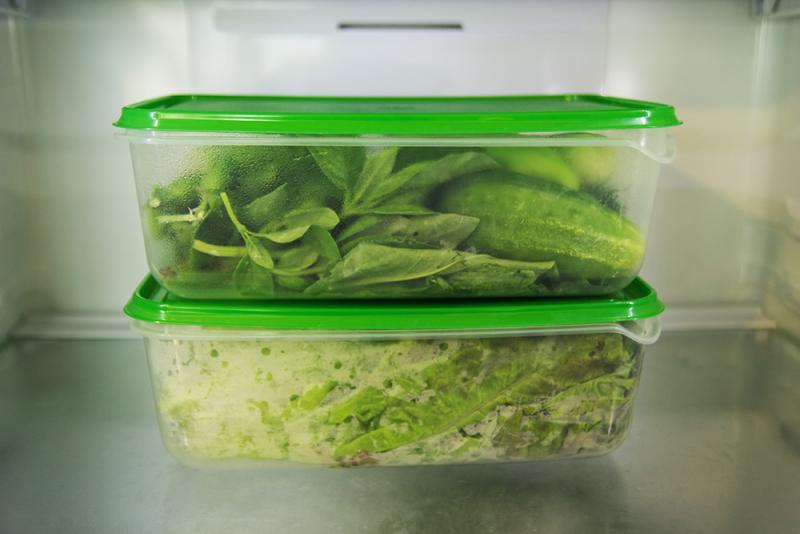
Cooking at Home
- Always wash your hands before you start cooking in the kitchen.
- Wash fresh fruits and vegetables before you prepare and eat them.
- Do not wash raw meats, such as chicken or turkey. Cooking meats hot enough will kill the bacteria and other germs that many think they are washing away. Washing raw meat just splashes germs onto other parts of your kitchen.
- When handling raw meats for cooking, make sure to wash your hands and any other surfaces after you are done with preparation.
- Use a different cutting board for raw meats than you use for fruits and vegetables.
- Use separate utensils and plates to remove cooked meats from the stove or grill, instead of the ones you used to transfer the raw meats.
- Make sure to cook foods to correct temperatures to keep them safe for the family to eat! These temperatures are recommended to kill bacteria and other germs that may be in foods. For meats, poultry, and fish, insert a meat thermometer into the thickest part of the meat to check the temperature.
| Food Item | Recommended Temperature |
|---|---|
| Ground Beef or Pork | 160° F |
| Ground Turkey or Chicken | 165° F |
| Sausage | 165° F |
| Fresh Beef or Pork (steaks, roasts, or chops) | 145° F and rest for 3 minutes |
| Whole Chicken or Turkey | 165° F |
| Chicken or Turkey Breasts or Roasts | 165° F |
| Fish or Shellfish | 145° F |
| Eggs | 160° F Cook until both yolk and white are firm |
| Leftover Dishes | 165° F |
| Casseroles | 165° F |
Food Safety at the Grill
Watch this video to learn more about food safety when you are grilling.
Storing Foods in the Refrigerator and Freezer
- Have a thermometer in both the refrigerator and freezer to make sure they are keeping your food cold enough to stay safe. Refrigerators should have a temperature of 40 degrees F or less. In the freezer, keep the temperature at 0 degrees or less.
- Store raw meats on the bottom shelf, and ready-to-eat items (such as salad greens, cheese, or fruit) above it. Storing raw meat below these other foods keeps bacteria in the meat from dripping onto other foods and drinks.
- Store milk and other dairy products in the main part of the fridge, not the door. Many times the temperature in the door of the fridge is not cold enough for milk and other dairy products.
Dealing with Leftovers
Using leftovers from other meals can be a great time and money saver to use at home!
- Put leftovers in the refrigerator within 2 hours of serving to limit the growth of germs on the food. If you're outside and the temperature is over 90 degrees F, that window reduces to 1 hour!
- Use leftovers within 3-4 days of storing.
- Cook leftovers to 165 degrees F before serving.
Tip: Take a look at the guidelines from FoodSafety.gov. to learn more information on how long foods and beverages such as meats, eggs, and leftovers can be kept safely in the refrigerator or freezer.

